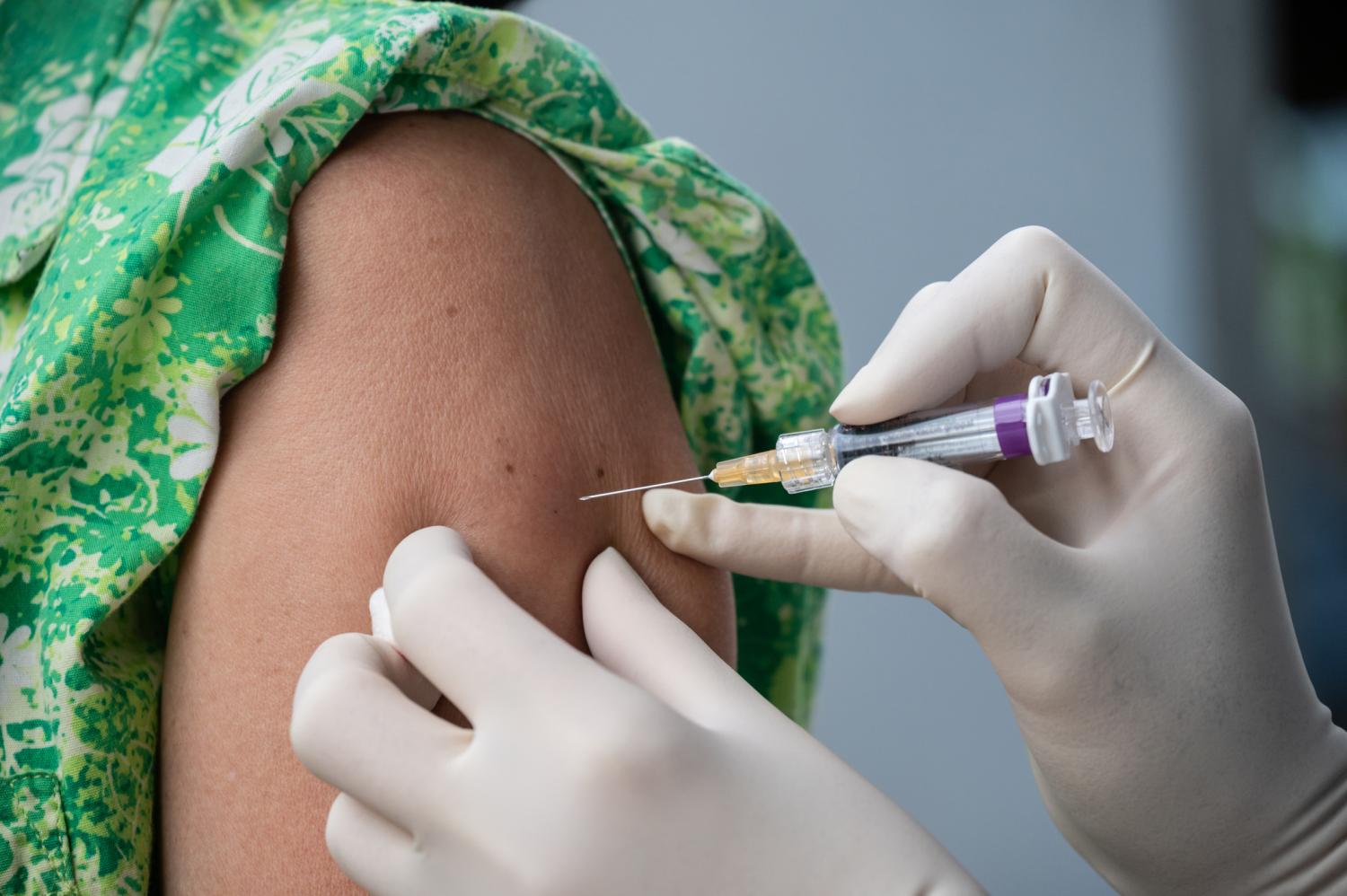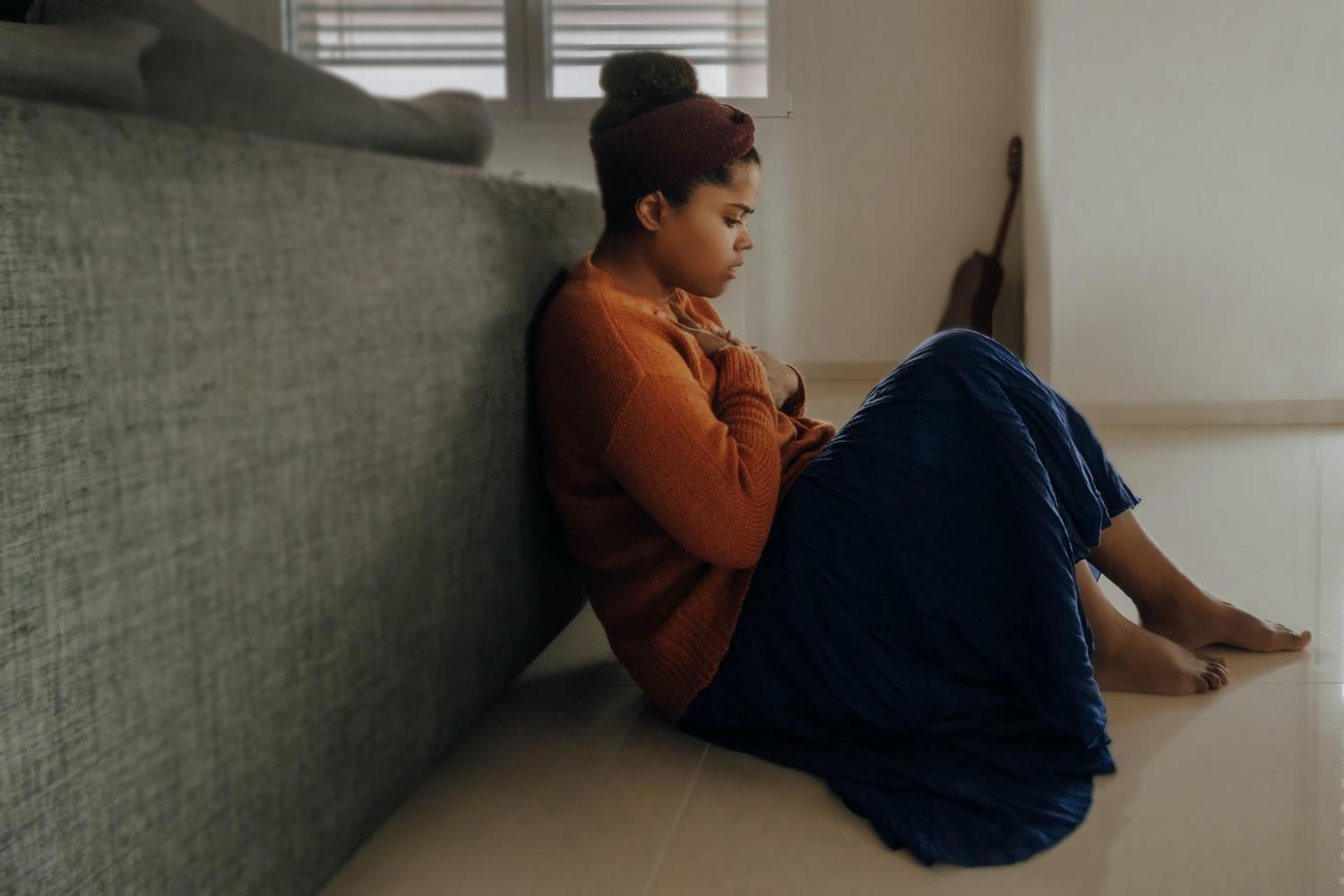Lake County now at moderate risk for COVID-19
Lake County now at moderate risk for COVID-19 Chicago Tribune
:quality(70)/cloudfront-us-east-1.images.arcpublishing.com/tronc/5D64KTL3URB4LFSPWOVZ3MQNRM.jpg)
:quality(70)/cloudfront-us-east-1.images.arcpublishing.com/tronc/5D64KTL3URB4LFSPWOVZ3MQNRM.jpg)
Masked shoppers trying to avoid getting COVID-19 or the flu are nearly nonexistent in Lake County, and barely half the people eligible for the latest vaccinations are inoculated as the area climbs from a low to moderate risk for the spread of the coronavirus pandemic and flu.
“People have succumbed to pandemic apathy,” Lake County health department Executive Director Mark Pfister said Monday. “People have become worn out. It is making society more vulnerable.”
Advertisement
Lake County and most if its neighbors moved from low to medium risk for the spread of COVID-19 Thursday, increasing the likelihood people will contact one of the two respiratory diseases as more individuals gather indoors for shopping and holiday events.
As people isolated and took other preventive measures against the pandemic early last year like vaccinations, Pfister said at the time the flu was practically nonexistent because people wore masks, maintained social distancing and washed hands frequently to avoid COVID-19.
Advertisement
People flocked to become vaccinated against COVID-19 last year as soon as they became eligible. They are less eager now to receive either the first booster or the second. The second is aimed at the current omicron strain.
Approximately 82.5% of county residents eligible for the initial two doses were vaccinated, according to the Centers for Disease Control and Prevention. Only 55.8% got the first booster, and 57.5% of those 55 and over received the second when it was first available in the fall.
“A year ago, people were still wearing masks,” Pfister said. “More people were still working remotely. There was less contact. There is more influenza this season. The great news is the (flu) vaccine is very good against the current strain.”
Though residents in suburban Cook, McHenry and Kenosha counties have a similar number of people boosted, more Lake County residents — 82.2% — got the first two doses than their neighbors, according to the CDC.
While vaccination rates are not available for the flu in all age groups, Pfister said only 28.3% of people between six months and 17 received the flu shot in Illinois.
Along with COVID-19 and the flu, a third respiratory disease — RSV — is now infecting people. Rachel Loberg, the chief nursing officer at Advocate Condell Medical Center in Libertyville, said in an email all three diseases bear watching.
“We are closely monitoring the tripledemic as the rate of transmission continues to rise,” Loberg said. “Stay home if you are feeling ill, even from family gatherings, wash your hands often and make sure you are up to date on all your vaccines and booster shots.”
Lake County averaged 126.2 new cases of COVID-19 per 100,000 residents for the week ending Thursday with an average of 10.2 people hospitalized per 100,000, according to the CDC. Those two numbers pushed the county into medium risk level.
Advertisement
Suburban Cook County (115.12 new cases per 100,000 residents and 10.2 100,000 in the hospital) and McHenry County (117.9 cases per 100,000 and 10.2 per 100,000 hospitalized) also moved into the medium range Thursday, according to the CDC. Kenosha County remains at low risk, with 122.67 new cases per 100,000, but only 6.6 individuals per 100,000 hospitalized.
There are approximately 10 patients hospitalized with COVID-19 and five with the flu at Northwestern Medicine Lake Forest Hospital, according to hospital officials. At Vista Medical Center East in Waukegan, eight are there with COVID-19 and four with the flu.
Dr. Michael Bauer, the medical director at Lake Forest hospital, said in an email the current surge is likely to continue, but the tools which helped keep people healthy in the pandemic’s earlier stages remain the best means now to keep people and their loved ones healthy now.
“COVID (and) influenza levels continue to rise and are likely to continue to do so for the upcoming weeks,” Bauer said in the email. “Staying up to date on current vaccines remains the single best deterrent to becoming sick from one of these viruses.”
Dr. Ninad Dixit, Vista’s chief medical officer, said in an email as people flock indoors in colder weather and the holidays approach, he anticipates higher levels of infection to continue. People should not hesitate to get their shots.
“We anticipate seeing an increase in viral infections this holiday season as more people travel and do not wear masks indoors,” Dixit said in the email. “The current flu vaccine is highly effective against the current influenza strain circulating in the United States.”


